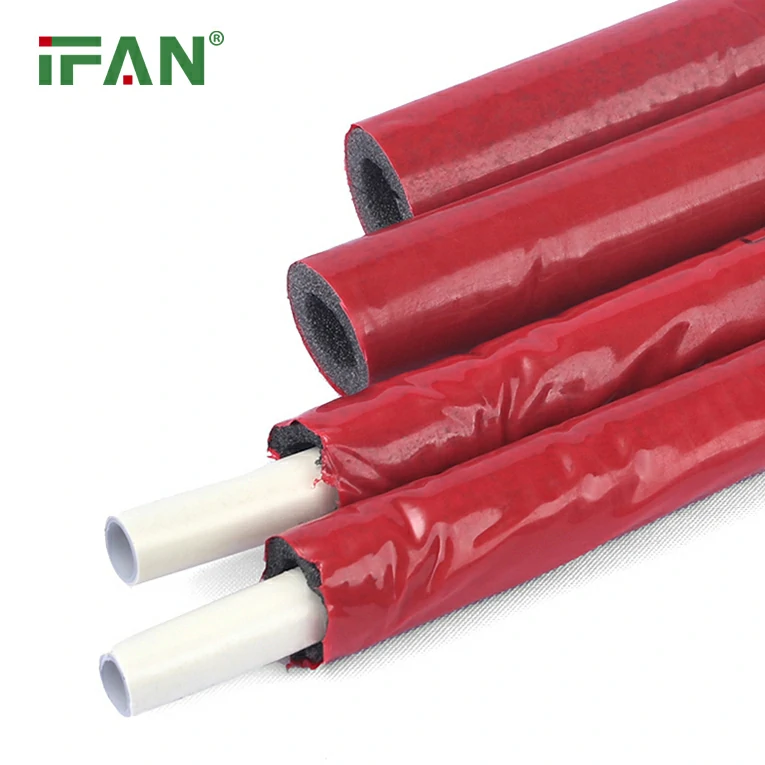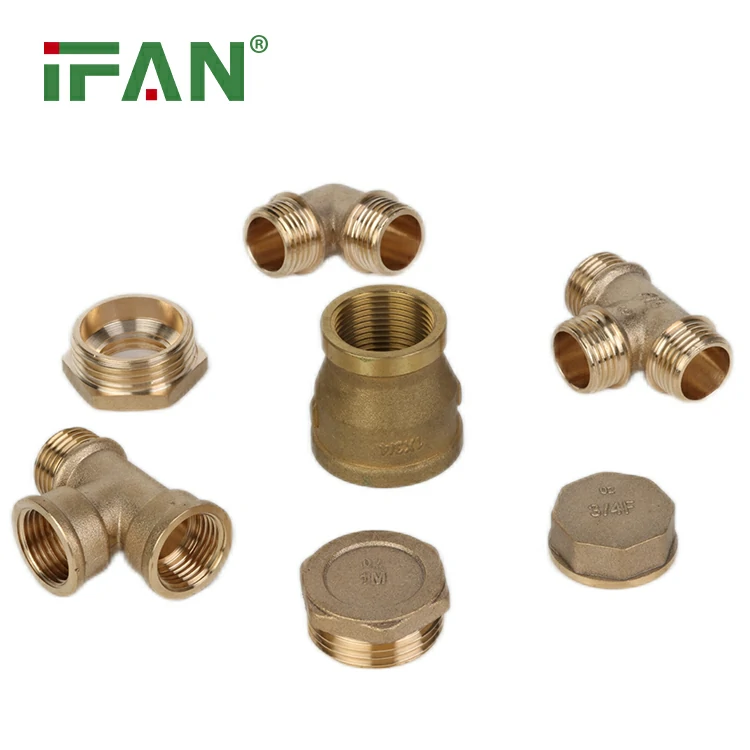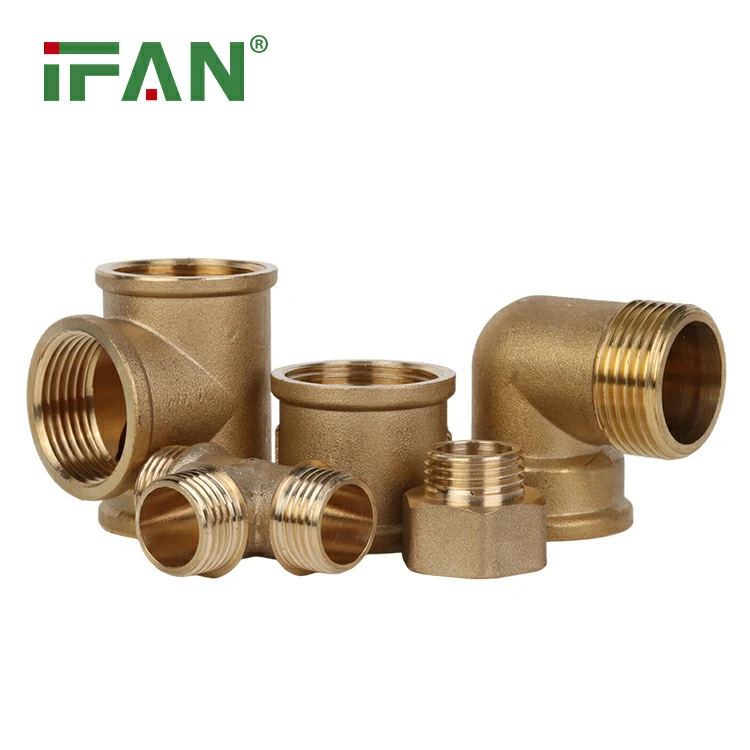Introduction
The PEX (cross-linked polyethylene) pipe industry has been receiving increased attention due to a recent report that raises serious concerns about the performance of PEX pipes in fire tests. As a popular choice for plumbing systems in residential construction, PEX has long been praised for its flexibility, durability, and cost-effectiveness. However, a growing body of evidence suggesting that these pipes may not perform adequately in fire situations has led to disputes within the industry. In this comprehensive article, we will explore the implications of these findings, the responses from the PEX industry, and what consumers should know when considering PEX for their plumbing needs.

Understanding PEX Pipes
What Are PEX Pipes?
PEX pipes are a type of flexible plastic plumbing pipe made from high-density polyethylene. This material has been cross-linked through a chemical process that enhances its strength and heat resistance. PEX pipes are commonly used in residential and commercial plumbing applications due to their ease of installation, resistance to corrosion, and ability to bend without requiring numerous fittings.
Benefits of PEX Pipes
- Flexibility: PEX pipes can be easily maneuvered around corners and obstacles in a plumbing system, reducing the need for connections and fittings.
- Corrosion Resistance: Unlike metal pipes, PEX does not corrode over time, which extends its lifespan and reduces the risk of leaks.
- Thermal Efficiency: PEX offers better insulation against heat loss than traditional piping materials, making it an energy-efficient choice.
- Cost-Effectiveness: The material and labor costs associated with PEX are generally lower than those of copper or PVC piping.
Recent Report on Fire Performance
The alarming findings highlighted in recent reports have prompted serious concerns within the construction and fire safety communities. These studies suggest that PEX pipes may fail to meet fire safety standards in certain scenarios. Specifically, the concerns focus on:
1. Performance Under Heat
Reports indicate that PEX pipes may soften or deform when exposed to high temperatures, which could compromise their structural integrity. This characteristic raises questions about their reliability as a material in scenarios where fire exposure is a risk.
2. Flammability
Although PEX is generally considered to be less flammable than some other materials, specific test results have suggested that it may ignite and burn under certain conditions. This has led to concerns regarding fire spread in buildings that utilize PEX plumbing systems.
3. Chemical Release
When subjected to intense heat, PEX pipes can potentially release harmful chemicals, which poses health risks to occupants in the event of a fire. This revelation has heightened scrutiny regarding the long-term implications of using PEX in construction.
Industry Response to the Report
The PEX pipe industry has responded to the report’s findings with extensive debate and a commitment to addressing the concerns raised. Here’s how the industry is reacting:
1. Disputing the Findings
Industry leaders argue that the tests conducted may not accurately reflect real-world scenarios. They contend that the conditions of laboratory testing differ widely from practical applications and that PEX pipes have been utilized safely for years without significant fire-related incidents.
2. Advocating for Continued Use
Many in the industry maintain that PEX remains a safe and viable option for plumbing systems. They emphasize the importance of proper installation and adherence to local building codes, which include considerations for fire safety.
3. Commitment to Research and Development
In light of the report, several manufacturers are prioritizing research and development efforts aimed at improving the fire performance of PEX pipes. This includes exploring new materials that can enhance resistance to heat and flames.
Implications for Consumers
As potential consumers of PEX piping, it’s crucial to understand the implications of the findings and the broader context in which they exist:
1. Assess Your Needs
Before selecting PEX for your plumbing project, evaluate the specific needs of your application. Consider any potential fire hazards and consult with professionals about the safest materials to use.
2. Stay Informed on Regulations
Building codes and regulations vary by region and continuously evolve. Stay updated on local guidelines regarding fire safety and plumbing materials to ensure compliance and safety.
3. Consult Qualified Professionals
Engaging with licensed professionals can provide insights into the best plumbing materials for your unique situation. They can help you weigh the benefits and drawbacks of using PEX versus alternative materials.
4. Consider Alternative Piping Materials
If fire safety is a significant concern in your location, you might also explore alternative materials, such as copper or CPVC, which may have a more established track record in fire resistance.
Enhancing Fire Safety in Plumbing Systems
Regardless of your choice of plumbing materials, there are measures you can take to enhance fire safety within your home or business:
1. Install Fire-Stopping Measures
Utilizing fire-stopping materials between walls, floors, and ceilings can help contain any fire that may ignite in the plumbing system or surrounding areas.
2. Conduct Regular Inspections
Regularly inspect plumbing and other systems for signs of wear and tear. Early detection can help mitigate fire hazards before they become critical.
3. Ensure Proper Ventilation
Adequate ventilation can help dissipate heat and reduce the risk of fire developing in the first place. Ensure that your heating and cooling systems facilitate good airflow throughout the space.
4. Educate Occupants
Educate family members or employees about fire safety practices, such as knowing escape routes and maintaining smoke alarms. Being proactive can mean the difference between minor incidents and major disasters.
Conclusion
The discourse surrounding PEX pipes and their fire performance is a vital conversation for both industry professionals and consumers. While the PEX industry disputes recent reports warning of inadequate fire resistance, it’s crucial for homeowners and builders to remain informed and prudent in their decision-making. By understanding potential risks and considering alternative materials when necessary, consumers can create safe plumbing systems that meet their needs while adhering to fire safety standards.
FAQs
- Are PEX pipes safe in fire-prone areas?
- PEX pipes can be safe in fire-prone areas when properly installed and monitored. However, it is essential to consider all fire safety guidelines and choose materials wisely.
- How do PEX pipes perform compared to other materials in fire tests?
- Studies suggest that while PEX may not perform as well as copper or CPVC in some fire scenarios, it has advantages in flexibility and corrosion resistance.
- What should I do if I have PEX pipes installed in my home?
- If you have PEX pipes, ensure they are installed correctly, consult local building codes, and consider additional fire safety measures.
- Can PEX pipes be used in hot water systems?
- Yes, PEX pipes can be safely used in hot water systems, as they are rated to withstand higher temperatures compared to many other plumbing materials.
- Where can I get more information about PEX fire safety?
- To learn more about PEX fire safety, consult industry resources, manufacturers’ websites, and local fire safety officials who can provide updated information on building codes and safety practices. By understanding the evolving landscape of PEX pipe safety and performance, consumers can make informed decisions that prioritize both functionality and safety.






